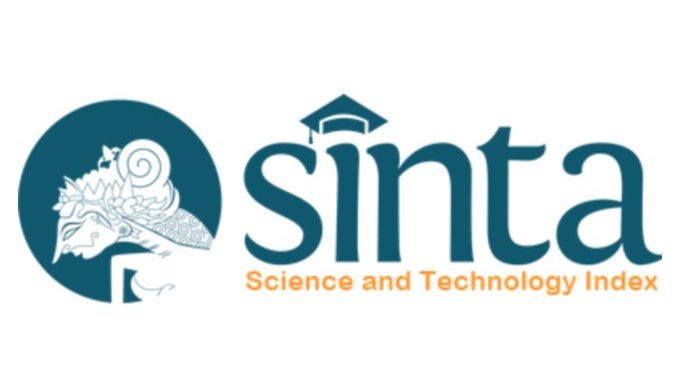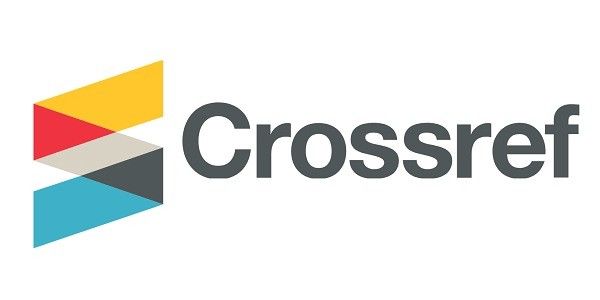Pemeriksaan Penunjang pada Kelainan Rambut
DOI:
https://doi.org/10.55175/cdk.v51i8.882Kata Kunci:
Kelainan rambut, metode evaluasi rambut, pemeriksaan penunjangAbstrak
Metode evaluasi rambut dikelompokkan menjadi 3 kategori utama: metode non-invasif (misalnya: kuesioner, jumlah rambut harian, wash test, dermoskopi, phototrichogram, TrichoScan, dan mikroskop elektron), metode semi-invasif (misalnya: trichogram dan trichogram unit area), dan metode invasif (misalnya: biopsi kulit kepala). Artikel ini membahas pemeriksaan penunjang yang dapat membantu diagnosis kelainan rambut.
Unduhan
Referensi
Wolff H, Fischer TW, Blume-Peytavi U: The diagnosis and treatment of hair and scalp diseases. Dtsch Arztebl Int 2016; 113: 377–86. DOI: 10.3238/arztebl.2016.0377.
Hoeger P, Kinsler V, Yan A et al. Harper's Textbook of Pediatric Dermatology. In: Olsen EA, Iorizzo M. Hair disorders. John Wiley & Sons Ltd.; 2019. 10.1002/9781119142812, 2103–38. doi:10.1002/9781119142812.ch159.
British Hair and Nail Society. Br J Dermatol. 2019;183(S1):88–93. DOI:10.1111/bjd.19091.
Alessandrini A, Bruni F, Piraccini BM, Starace M. Common causes of hair loss a clinical manifestations, trichoscopy and therapy. J Eurn Acad Dermatol Venereol. 2020. doi:10.1111/jdv.17079.
Kang S, Amagai M, Bruckner AL, et al. Fitzpatrick's Dermatology, 9th ed. 2019. 1517-601.
Manabe M, Tsuboi R, Itami S, Osada SI, Amoh Y, Ito T, et al. Guidelines for the diagnosis and treatment of male-pattern and female-pattern hair loss, 2017 version. J Dermatol 2018. DOI:10.1111/1346-8138.14470.
Franceschini C, Garelli V, Persechino F, Sperduti I, Caro G, Rossi A, et al. Dermoscopy and confocal microscopy for different chemotherapy-induced alopecia (CIA) phases characterization: Preliminary study. Skin Res Technol 2019. srt.12790–. DOI:10.1111/srt.12790.
Kolla A, Starace M, Svigos K, Yin L, Rich P, Gutierre D, et al. Dermatologists knowledge of dermoscopic features in hair and nail disorders [Internet]. 2022. Available from: https://doi.org/10.1111/jdv.18000.
Li YM, Diaz-Perez JA, Obayomi A, Galimberti F, Romanelli P, Tosti A. A review of bubble hair deformity [Internet]. 2022. Available from: https://doi.org/10.1111/ijd.16200.
Sahin G, Pancar GS, Kalkan G. New pattern hair loss in young Turkish women; What's wrong in their daily life? Skin Res Technol. 2019 May;25(3):367-374. doi: 10.1111/srt.12662.
Hayashi R, Shimomura Y. Update of recent findings in genetic hair disorders. J Dermatol [Internet]. 2022;49:55– 67. Available from: https://doi.org/10.1111/1346-8138.16204.
Adya KA, Inamadar AC, Palit A, Shivanna R, Deshmukh NS. Light microscopy of the hair: A simple tool to "untangle" hair disorders. Int J Trichology. 2011 Jan;3(1):46-56. DOI: 10.4103/0974-7753.82124.
Mubki T, Rudnicka L, Olszewska M, Shapiro J. Evaluation and diagnosis of the hair loss patient. J Am Acad Dermatol. 2014;71(3):415.e1–415.e15. DOI:10.1016/j.jaad.2014.04.070.
Unduhan
Diterbitkan
Cara Mengutip
Terbitan
Bagian
Lisensi
Hak Cipta (c) 2024 Adina Miltania Tasmil, Nelva K. Jusuf

Artikel ini berlisensi Creative Commons Attribution-NonCommercial 4.0 International License.





















